 WELCOME
WELCOME
AI “user tests” felt convincing. Until they didn’t.
Kate asked ChatGPT to act like a Gen Z tester. It produced fluent, screen-by-screen reactions. Impressive… and unsettling. No clicks, no hesitations, no human tells. On Friday, real participants quickly showed what built confidence, and what didn’t. That’s why empathy and observation still beat AI proxies.
The same pattern repeated all week:
- AI is a sharp intern, not a co-pilot. You steer.
- Hallucinations happen; constraints + verification are non-negotiable.
- Visual communication (storyboards, not just text) turns noise into decisions.
If you’re using AI to replace research or critique, you’ll ship confidence theater. Use it to augment, and let designerly skills do the real work.
 FEATURE
FEATURE
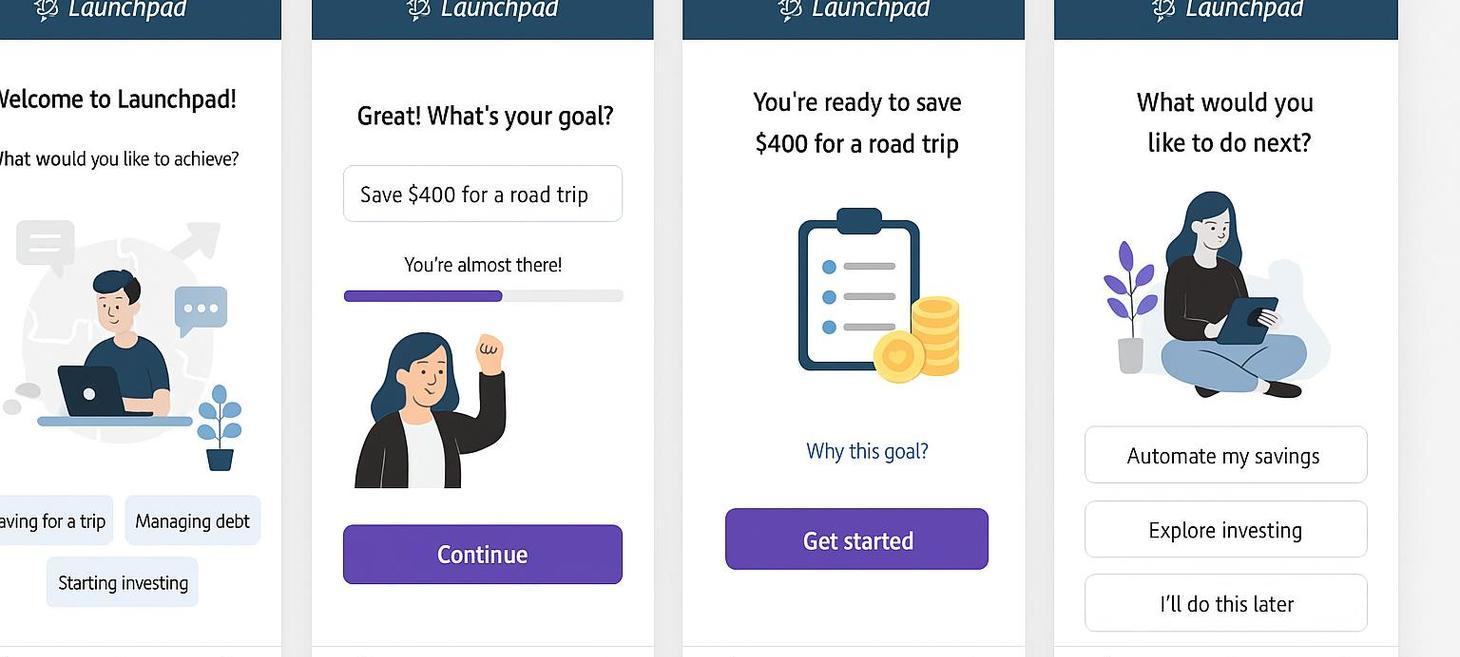
A Week In The Life Of An AI-Augmented Designer
It's been a while since I wrote for Smashing Magazine and am back with a 3-part series on AI & Design. This first article offers a grounded, day-by-day look at introducing AI into your design workflow through the eyes of Kate, a designer new to AI. If you are new to using AI in design or curious about integrating AI into your UX process without losing your human touch, this article is for you.
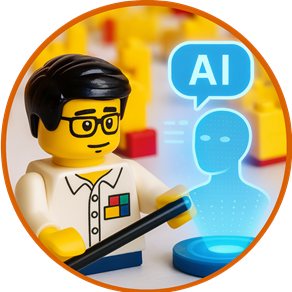 PROMPT
PROMPT
Designerly Observation Prompts
Here are three designerly observation prompts: one to try by yourself, one with others and the third with AI:
By Yourself
Pick an everyday object you’ve used a hundred times - a coffee mug, your phone’s lock screen, your desk or table.
- Spend 2 minutes observing it closely.
- Write down 5 details you’ve never noticed before.
- Ask yourself: why might those details exist?
Observation sharpens when we look at the familiar as if it’s new.
With Others
In your next team huddle, run a 5-minute ‘Observation Drill’:
- Place a random object (like a backpack, or snack wrapper) in the middle.
- Each person takes turns sharing one detail they notice, without repeats.
- Keep going until the group runs dry.
Debrief: Which details were surface-level? Which were surprising? How might noticing more translate into your everyday work?
With AI
“I want you to help me sharpen my observation skills. I’ll paste in text, an image description, or a design artifact. Instead of evaluating or fixing it, your task is to: (1) List 5 small details or patterns you notice. (2) Point out 2 inconsistencies or oddities. (3) Highlight 1 surprising or overlooked element. Do not explain or solve - just share observations so I can practice seeing more clearly.”
Use the AI outputs as a comparison exercise with what you observed. What did you gloss over that AI observed? What did you observe that AI didn't?
 CURIOSITY
CURIOSITY
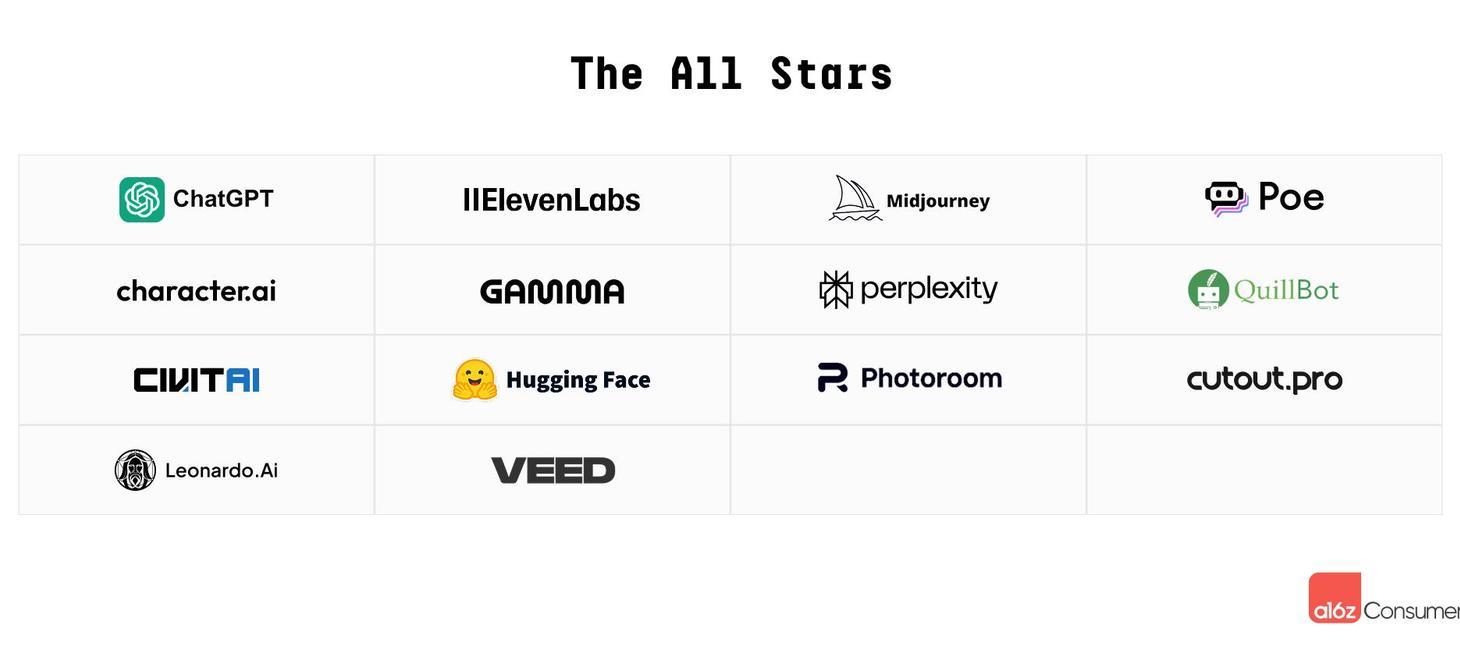
Top 100 Gen AI Consumer Apps
This is the fifth edition of Andreessen Horowitz's Top 100 Gen AI Consumer Apps which reflects two and a half years of data on how everyday AI usage is evolving.
The biggest takeaway from this edition of the list? The ecosystem is starting to stabilize, with 11 new names on the web list driven by traffic increases.
Which ones are your go tos?
 CRITICAL THINKING
CRITICAL THINKING

AI sycophancy isn't just a quirk, experts consider it a 'dark pattern' to turn users into profit
Chatbots are designed to “tell you what you want to hear,” says Webb Keane, an anthropology professor and author of “Animals, Robots, Gods.” This type of overly flattering, yes-man behavior has been referred to as “sycophancy” — a tendency of AI models to align responses with the user’s beliefs, preferences, or desires, even if that means sacrificing truthfulness or accuracy.
 VISUAL COMMUNICATION
VISUAL COMMUNICATION

Cracker Barrel rebrand: Why companies retreat when faced with consumer criticism
ICYMI - in the past week, Cracker Barrel rolled out a new logo, faced widespread criticism from social media users, and proceeded to revert to its original logo. The rebrand is just the latest example of a consumer-facing company making big branding decisions, then pulling back after alienating its customer base. Read on for examples of brands that did it wrong and right
 COLLABORATE
COLLABORATE
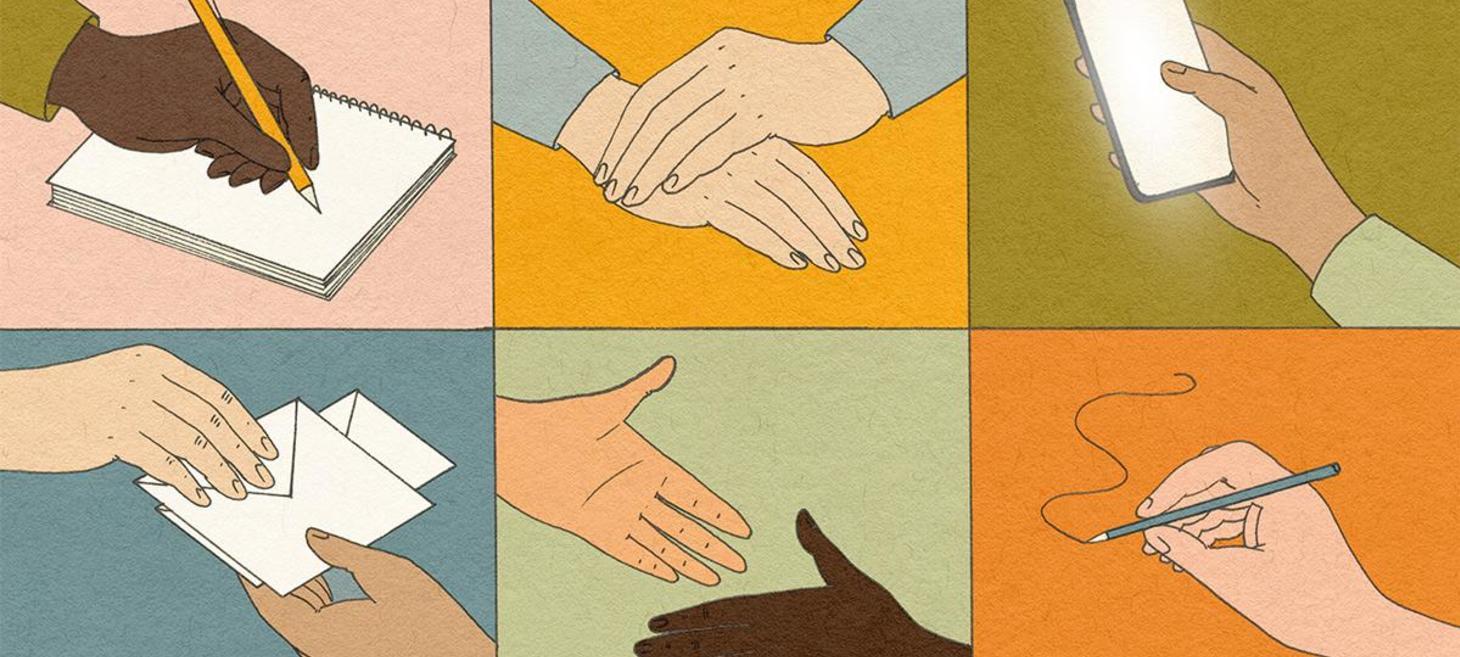
Soft Skills Matter Now More Than Ever, According to New Research
In the age of AI, foundational skills—like collaboration, mathematical thinking, and adaptability—may prove much more important for both individuals and companies.
 INCLUSIVE
INCLUSIVE

Adapting ChatGPT to Meet Neurodivergent Communication Needs
For people with accessibility needs, detailed instructions in ChatGPT settings can remove barriers by setting expectations around structure, language, and interaction patterns from the start. Details in this article...
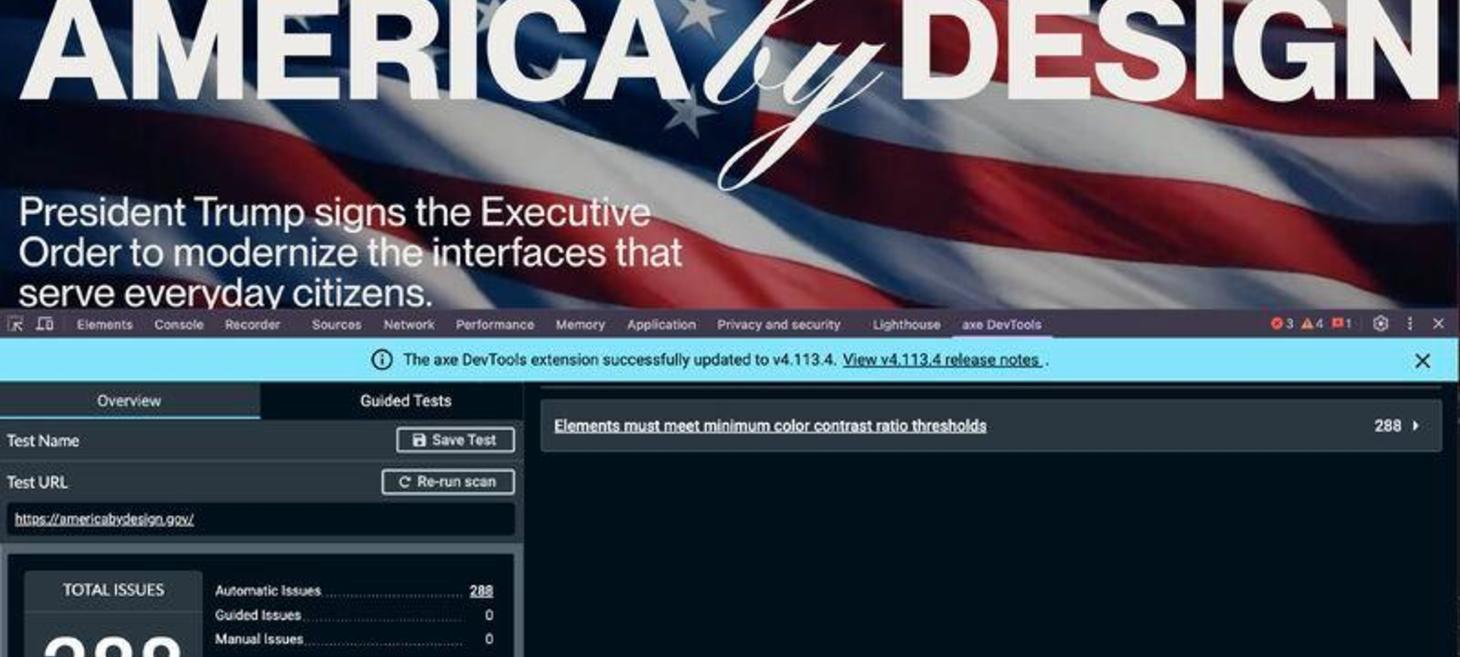
AMERICA BY DESIGN
Two links about the the "America by Design" initiative and the National Design Studio:
